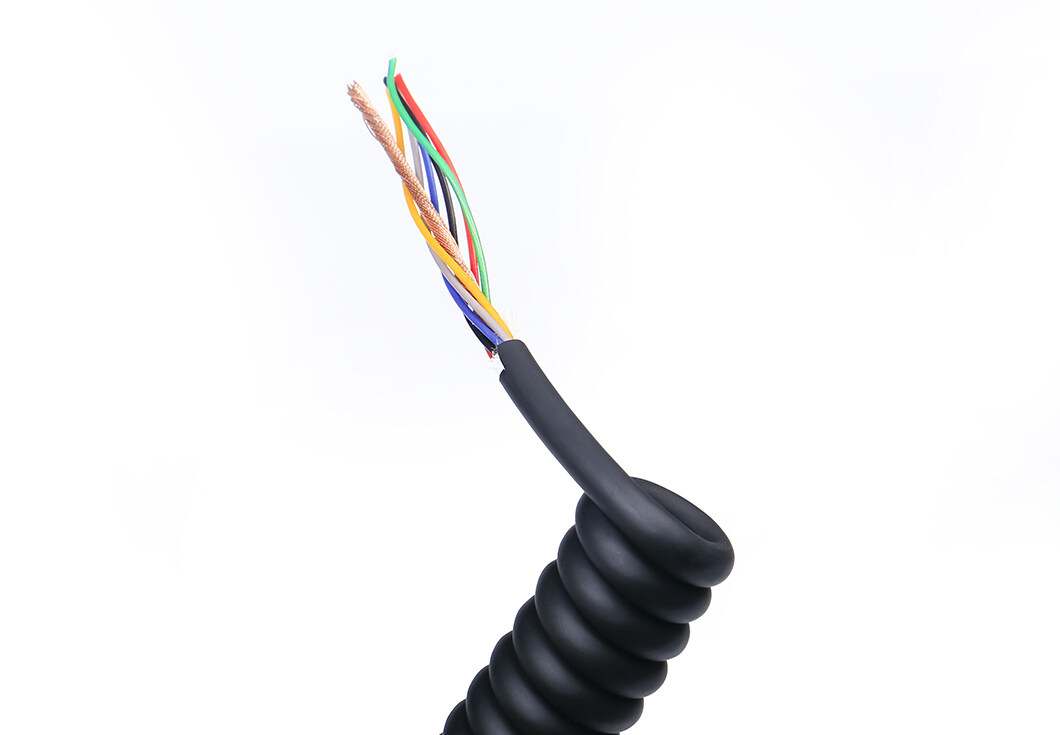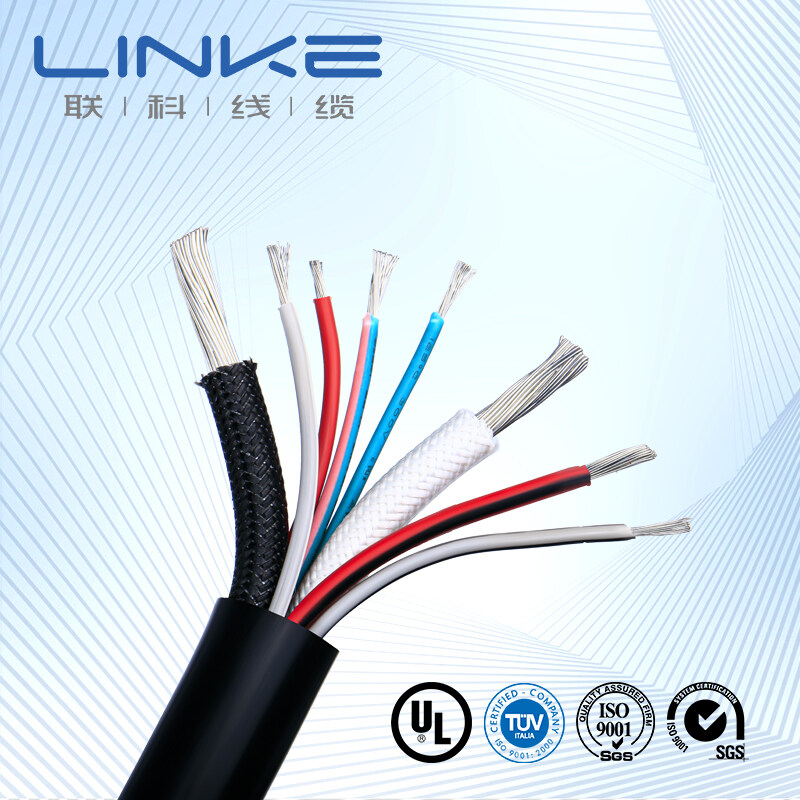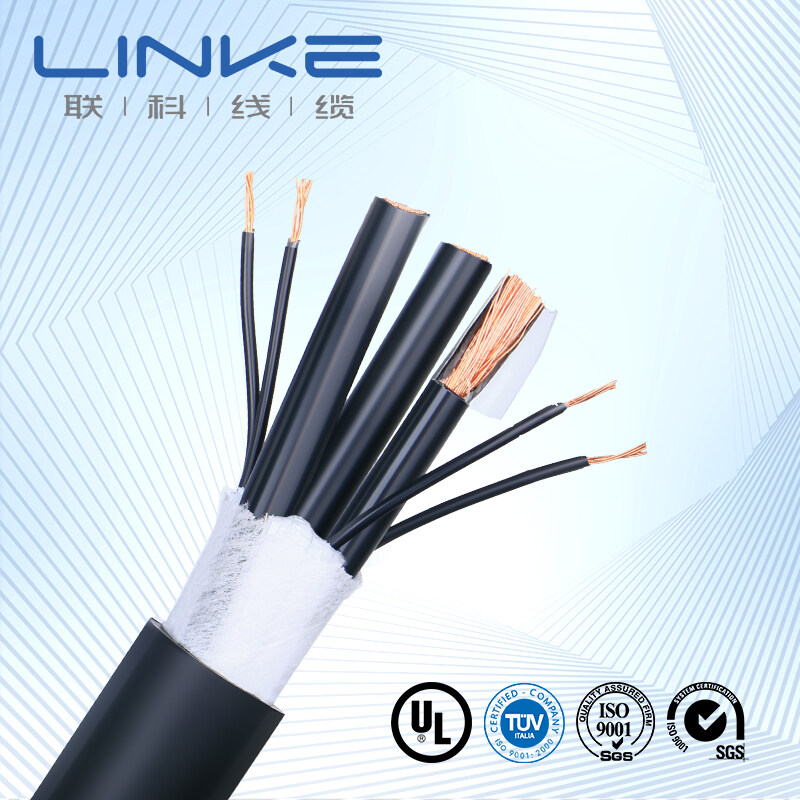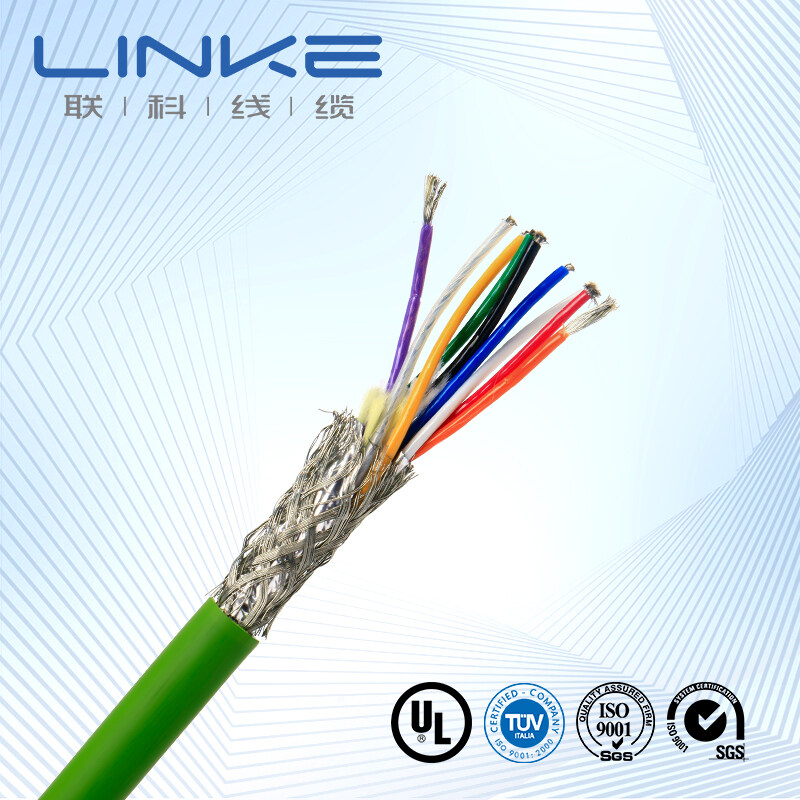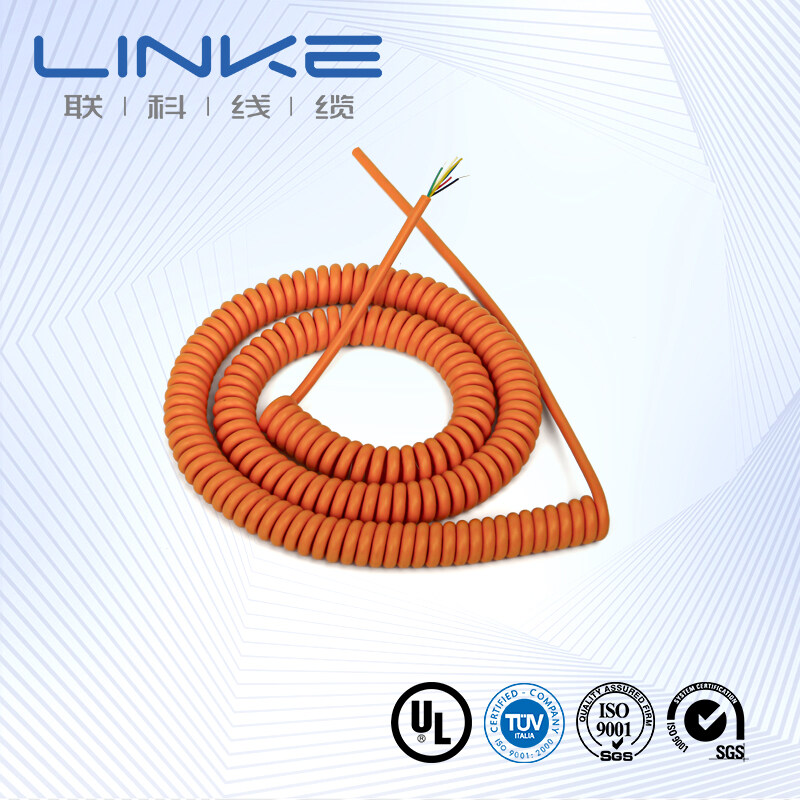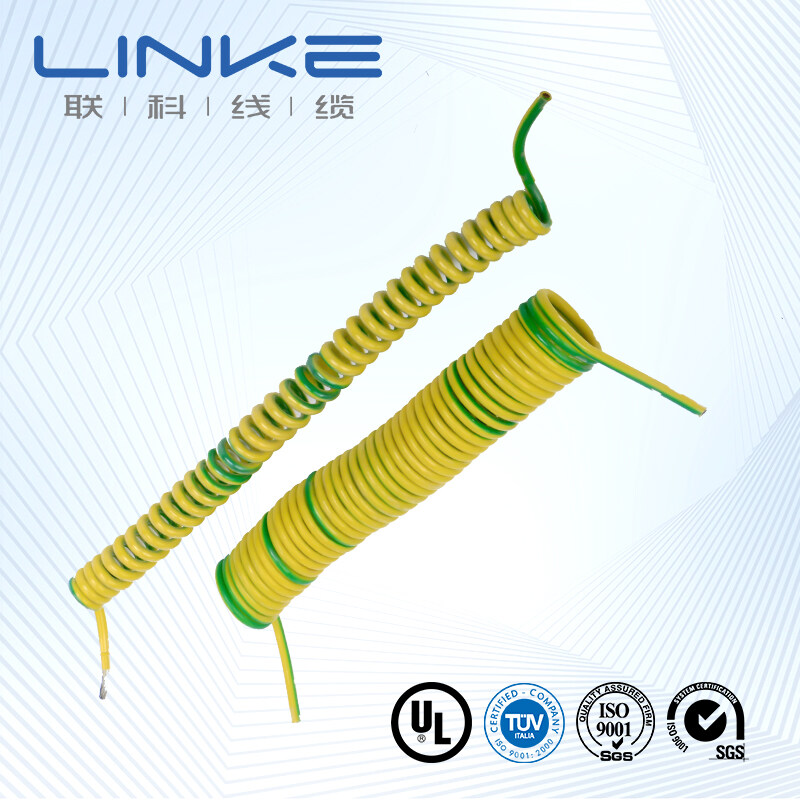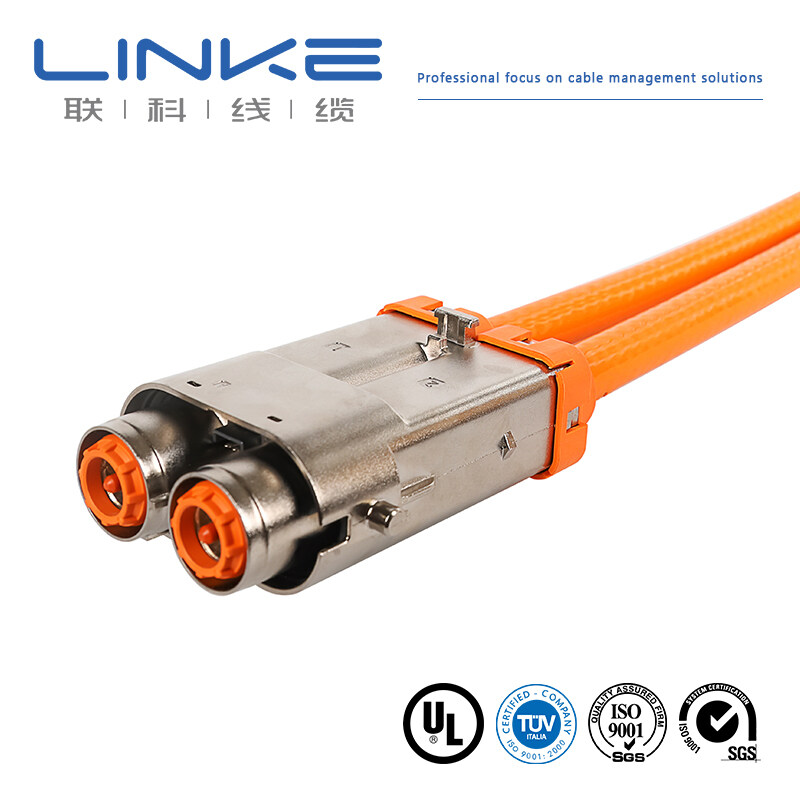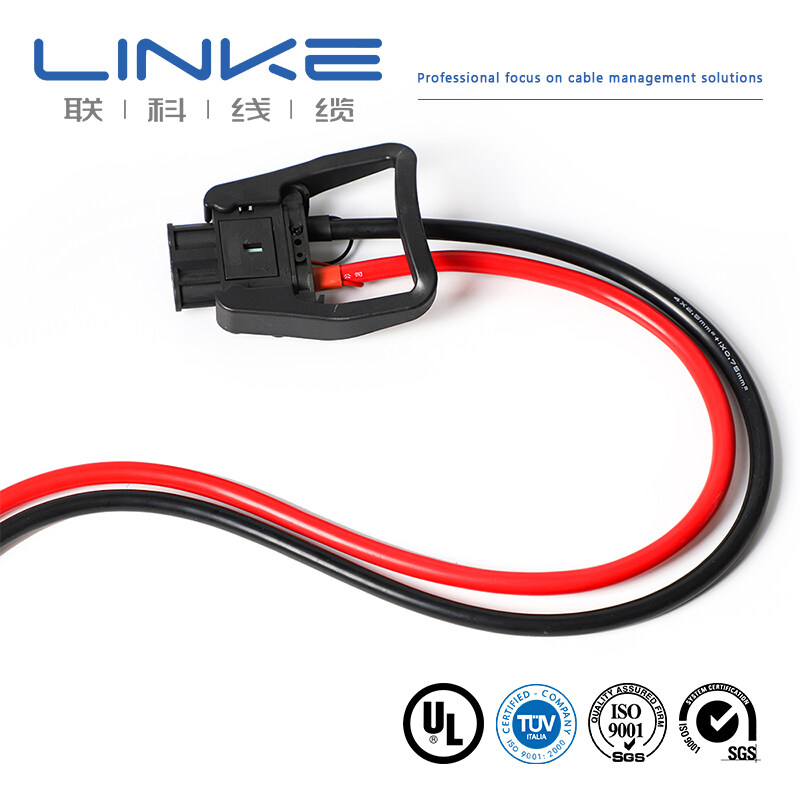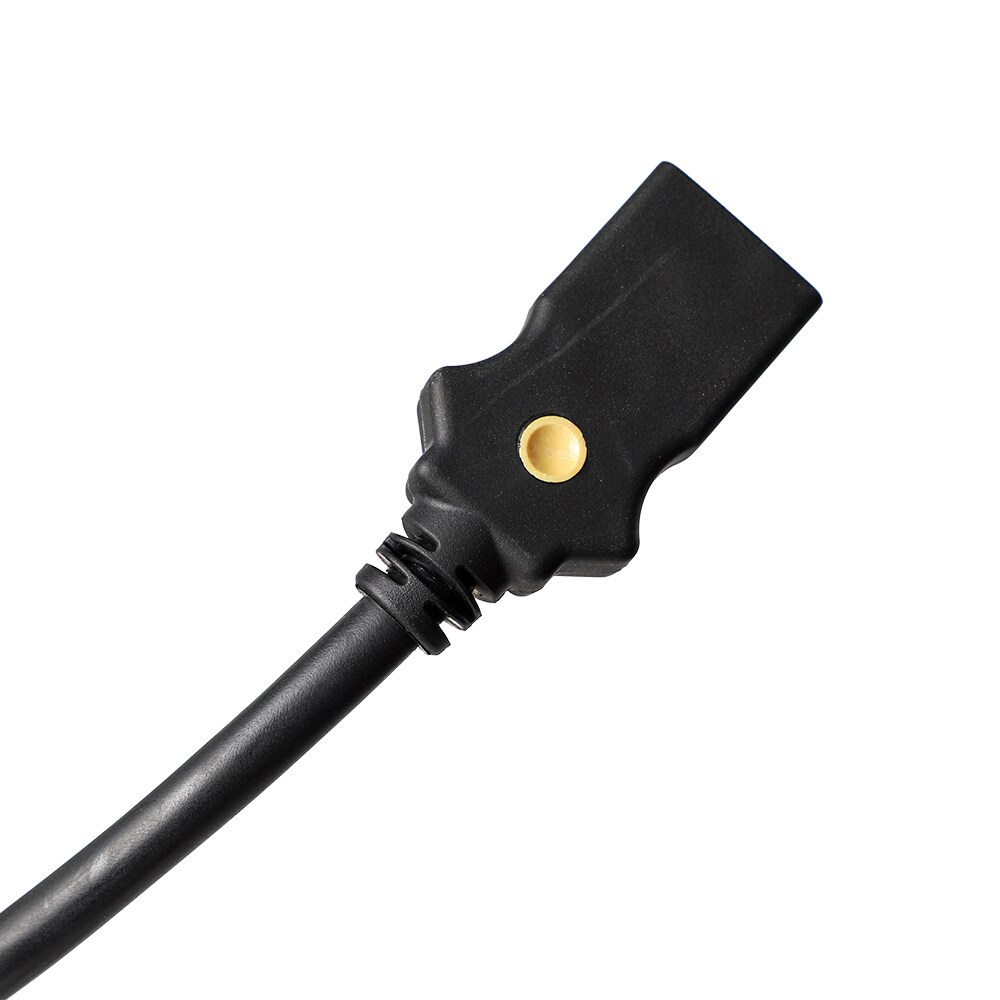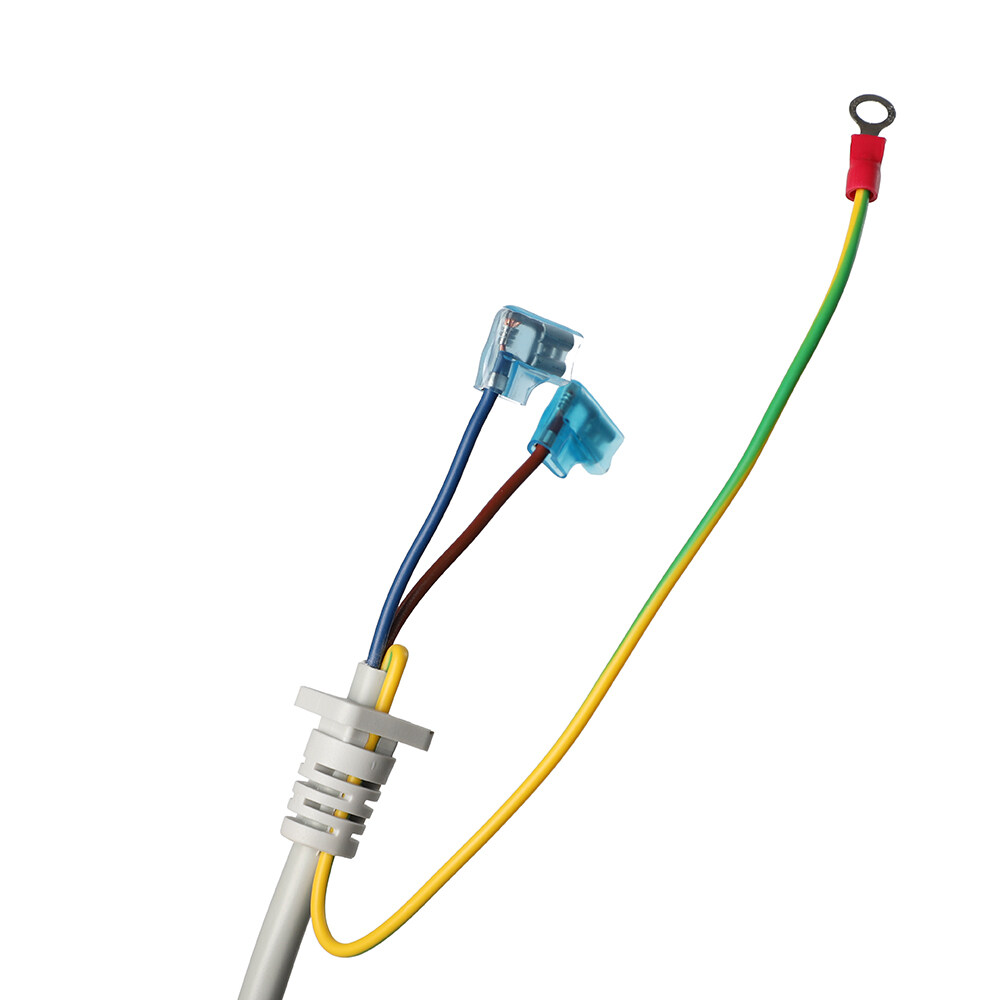Email format error
Email cannot be empty
Email already exists
6-20 characters(letters plus numbers only)
The password is inconsistent
Email format error
Email cannot be empty
Email does not exist
6-20 characters(letters plus numbers only)
The password is inconsistent

Special Cable
Special Cable
(19)Custom Spring Cable
Spring cables, also known as spiral cables, are essential in almost every industry. They are designed to connect devices and utilize elasticity to provide flexibility and durability. These cables are highly elastic, with an elongation length that can reach up to 3.5-4 times the original spring length. They are also resistant to cold, flames, oil, and abrasion, making them suitable for a wide range of applications.
Coaxial wire
Coaxial wire is commonly used for transmitting high-frequency signals, including RF signals, as well as data transmission in applications such as television, computer networks, and communication systems. Due to its unique structure, coaxial wire effectively prevents signal interference and signal loss, providing better signal quality and transmission distance.
OEM / ODM Custom Coaxial Wire
Coaxial wire, also known as coaxial cable, is a type of specialized cable. It consists of a central conductor, an insulating layer, a shielding layer, and an outer jacket. The central conductor is a fine wire or solid cylindrical conductor made of a conductive material, typically copper. The insulating layer, usually made of materials like polyethylene or polyvinyl chloride (PVC), is used to isolate the central conductor from the shielding layer. The shielding layer is composed of a conductive material, such as a braided wire or foil, to protect the central conductor from external electromagnetic interference. The outermost layer is the jacket, which provides overall protection for the cable. Coaxial wire is commonly used for transmitting high-frequency signals, including RF signals, as well as data transmission in applications such as television, computer networks, and communication systems. Due to its unique structure, coaxial wire effectively prevents signal interference and signal loss, providing better signal quality and transmission distance.
Spring Spiral Cable
1. PU is a non-toxic and environment-friendly polymer 2. Good flexibility and elasticity 3. Good cold resistance, flame retardancy, oil resistance and abrasion resistance
Custom Curly Cable
1. PU is a non-toxic and environment-friendly polymer 2. Good flexibility and elasticity 3. Good cold resistance, flame retardancy, oil resistance and abrasion resistance
Custom Coiled Cable
Product Performance 1. PU is a non-toxic and environment-friendly polymer 2. Good flexibility and elasticity 3. Good cold resistance, flame retardancy, oil resistance and abrasion resistance
Custom Special Wire
Custom wires are wires that are tailored to your specific requirements. If you find that existing products don’t quite meet your needs, or if a modified product would work better for your application, ordering custom wires is a great solution. More detailed information needs to know, welcome to just contact with us!
Automotive Wiring Harness
The automotive wiring harness is like the nervous system of a car - it’s the backbone of the entire electrical network. It’s made up of copper contact terminals (connectors) and wires that are crimped together to create a connected circuit assembly. Without the wiring harness, a car’s electrical system wouldn’t function.
Custom Cable Wire Harness
A custom cable wire harness is a wiring solution that’s tailor-made to meet the specific needs of a particular application. It’s used in various industries, such as automotive, aerospace, medical, and telecommunications, to provide a dependable and efficient way to transmit power and signals between different system components. Customization is also offered, if you have any problem, welcome to contact us!
Automotive Wire Assembly
Automotive Wire Assembly refers to the process of assembling multiple wires or cables together in a specific design and sequence. It is commonly used in the manufacturing and assembly of electronic devices, electrical equipment, and other complex systems to facilitate connections and the transmission of signals and power. This process involves selecting suitable types and specifications of wires or cables, performing tasks such as cutting, stripping, twisting, and insulating, and then connecting and securing them according to the design requirements. Various techniques, including welding, crimping, and connectors, can be used in Wire Assembly to ensure reliable connections and signal transmission between wires. This technology is widely applicable across industries and sectors, such as automotive manufacturing, aerospace, telecommunications, medical devices, etc., in the manufacturing and assembly of various electronic and electrical equipment and systems.
Wiring Harness Assembly
Wiring harness assembly is the process of bundling wires and cables together in a systematic manner to create a single, organized unit. This unit is then used to connect various electrical components in a piece of equipment or machinery. Wiring harnesses are designed to be highly resilient to damage, reduce the risk of electrical faults and fires, and save manufacturing time.
Electrical Wiring Harness
Electrical wiring harnesses are crucial components in a wide range of electrical systems, from automobiles to industrial machinery. They are made up of various components, including wires, electrical tape, straps, and conduits, all of which work together to ensure the safe and efficient transmission of electrical signals. These harnesses are carefully designed and manufactured to meet the specific needs of each application, ensuring that they are reliable and effective.


